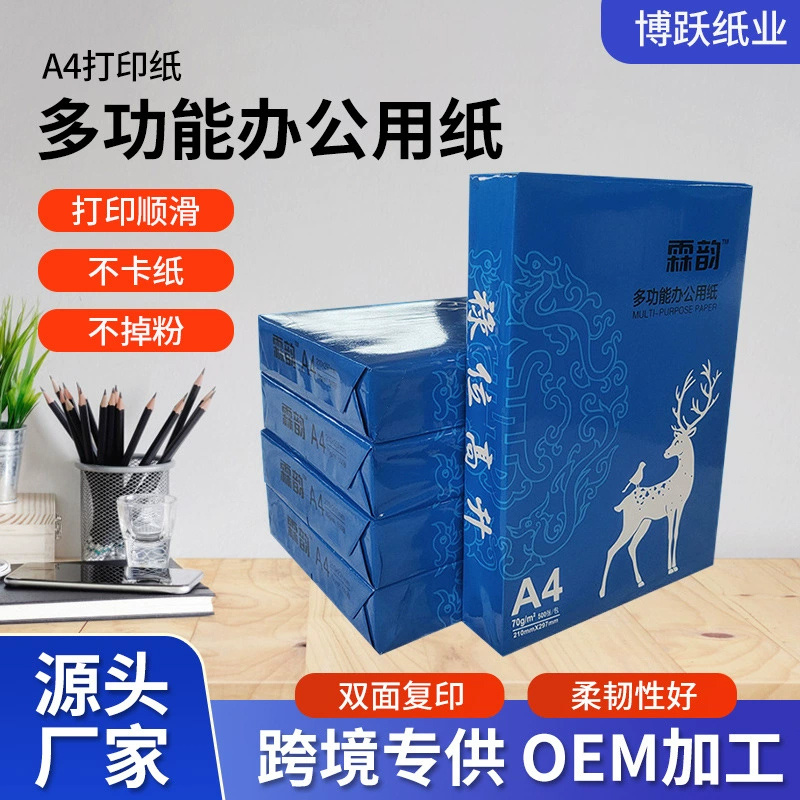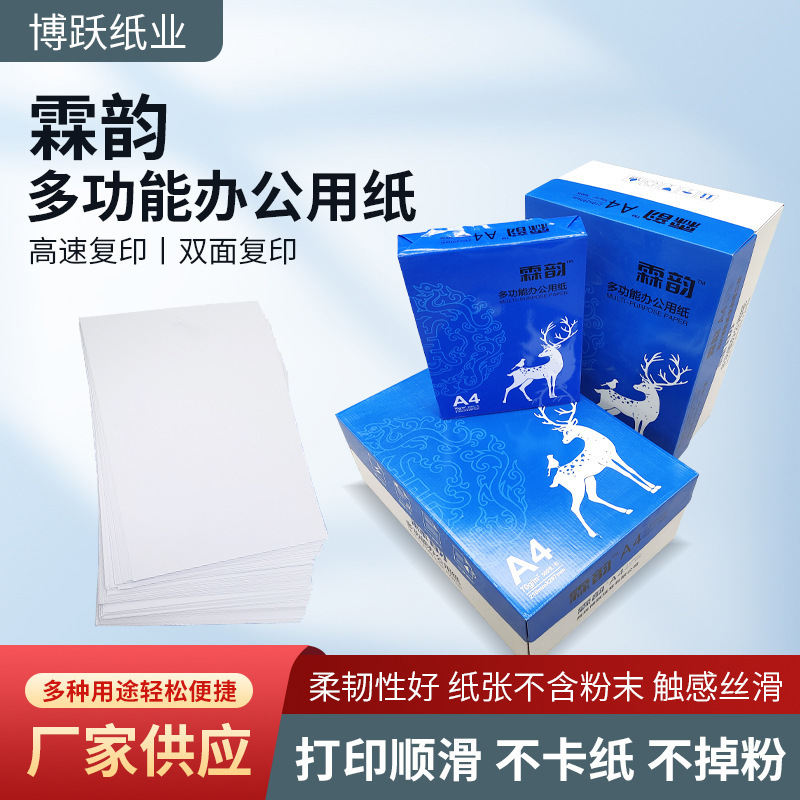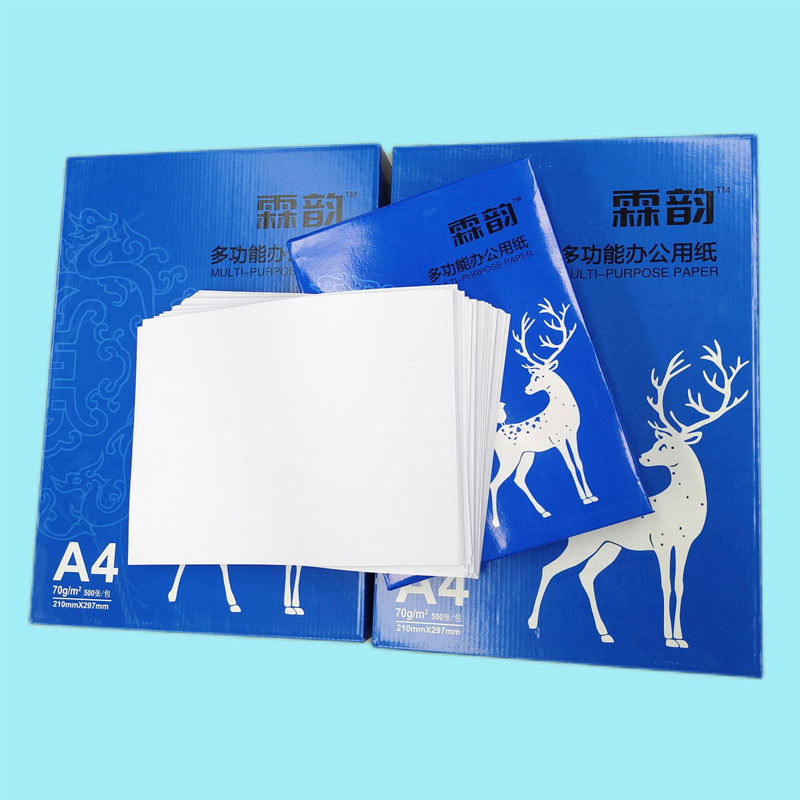20
2024
-
02
Printing paper is sorted by length and width
The size of the paper means that after the paper is made, it is trimmed and cut into a certain size. In the past, the size of the paper was represented by how many "on" (for example, 8 on or 16 on).
The size of the paper means that after the paper is made, it is trimmed and cut into a certain size. In the past, the size of the paper was represented by how many "on" (for example, 8 on or 16 on). China adopts international standards, stipulating A0, A1, A2, B1, B2, A4, A5. and other marks to indicate the size of the paper. The standard stipulates that the proportional relationship between the width (expressed in X) and the length (expressed in Y) of the paper is X:Y = 1:n.
According to the basic area of the paper format, the format specifications are divided into A series, B series and C series. The format size of A0 is 841mm × 1189mm, and the format area is 1 square meter. B0 has a size of 1000mm × 1414mm and a size of 2 ^ 0.5 square meters. C0 has a size of 917mm × 1279mm and a size of 2 ^ 0.25 square meters; copy paper format specifications only use A series and B series. If A0 paper is split into two equal parts along the length, it will become A1 specification, and if A1 paper is split along the length direction, it will become A2 specification, thus split to A8 specification; B8 paper is also split to B8 specification according to this method. The dimensions of A0 ~ A8 and B0 ~ B8 are listed in the table below. Among them, A3, A4, A5, A6 and B4, B5, B6 and other 7 format specifications are commonly used for copy paper.
For example, "A4" paper is to fold A- type basic size paper four times, so the area of a piece of A4 paper is 1/4 of the basic paper area, I .e. 1/16. The rest and so on.
There is also a K-type paper, which is what we often call open-type paper. Only in China can K-type paper be used. Type A paper is usually used. Regardless of type A and type B, its classification is the same. For example, A5 is twice as much as A6, A4 is twice as much as A5, A3 is twice as much as A4, B4 is twice as much as B5, B3 is twice as much as B4, while the classification of Type K is to divide a large 1K paper into two 2K and 2K paper into half as 4K, divided 4K into half for 8K, 8K into half for 16K, 16K into half for 32K, etc.
The size of the format stipulated by the state is a series of international standards, which has been set into the national industry standard GB/T 1999 within the country. The current format size of this book is mainly A series specifications, with the following types:
A4(16k)297mm × 210mm;
A5(32k)210mm × 148mm;
A6(64k)144mm × 105mm;
A3(8k)420mm × 297mm;
Note: The A3(8k) size has not been fixed yet, but it is widely used. A4(210*297mm) paper is commonly used internationally to print copy paper. However, the United States and some countries use abnormal A4 size paper: 216*279mm, commonly known as American Standard and American Standard.
The corresponding sizes of different types of paper are as follows:
2. Classification by weight or thickness:
There are also points according to the thickness of the paper, such as 60g, 70g, 75g, 80g, 85g, 90g, 100g, 120g, etc., which means that the weight of the paper in the square unit area is multiple, because the density of the paper is basically the same, and the heavier the weight of the paper in the unit area, the thicker the thickness of the paper. For example, the general speed printing machine uses about 40g of paper, while the all-in-one machine uses 50-60g of paper, while the copier uses 70-85g of paper. The minimum thickness of paper used by the printer is generally not less than 60g, otherwise it is easy to jam paper. For example, 70g of A4 paper means that the weight of the paper is 70g per square meter, instead of 70g of single paper. The actual weight of a piece of A4 paper with a quantitative weight of 70g is: 0.210 × 0.297 × 70=4.3659 reference materials: (80g of paper is used for most offices in the south and coastal areas, while 70g of printing paper is mainly used for offices in the mainland and northern areas.)
Previous Page
Next Page
Previous Page
Next Page









